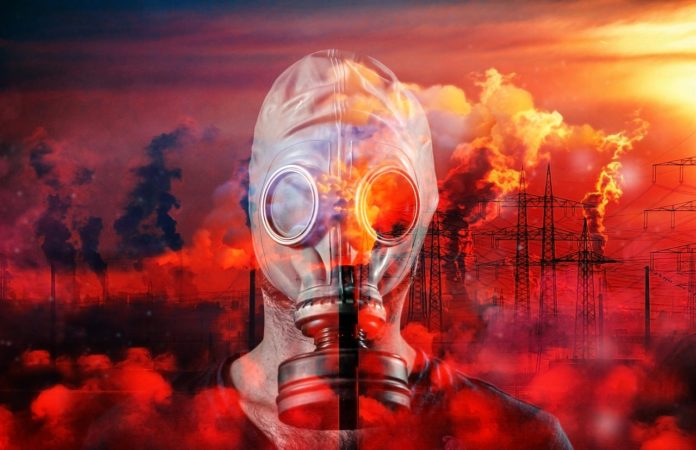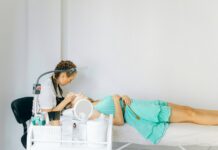“PPE” is an article of clothing used to reduce exposure to dangers that cause severe industrial injuries and illnesses. Chemical, radiological, physical, electrical, mechanical, or other industrial risks may cause injuries and diseases. Gloves, safety glasses and shoes, earplugs or muffs, hard helmets, respirators, or coveralls, vests, and complete bodysuits are examples of personal protection equipment.
Every day, healthcare workers in Australia depend on personal protective equipment to keep themselves and their patients safe from the transmission of viruses and dangerous illnesses. But with the coronavirus pandemic spreading like wildfire, personal protective equipment (PPE) is essential.
Instead of addressing risk as a hypothetical worst-case scenario, healthcare workers are now recognising the actual danger of failing to wear PPE. Because they encounter so many sick patients, healthcare professionals are now the most vulnerable to the Coronavirus.
Here are some questions to ask a PPE supplier before purchasing a PPE kit:
- How has the manufacturer guaranteed the safety and effectiveness of personal protective equipment (PPE)?
- Is it possible to reuse PPE?
- Does every item of personal protective equipment provide the same degree of protection?
- Should caregivers wear personal protective equipment (PPE) to prevent infection while caring for a sick person at home?
SOME OF THE DIFFERENTIATED PARTS OF A PPE KIT
- Headgear & Goggles
Contamination of the mucous membranes of the eyes, nose, and mouth is possible when infected people cough or sneeze or when aerosols generate in a clinical setting. Touching the eyes, nose, or mouth with a contaminated hand is another possibility. Using face shields/goggles to protect the eyes, nose, and mouth is a part of standard and contact precautions—the goggles ‘ in addition to covering the eyes and surrounding areas.
- Masks
Coronavirus attacks the upper and lower respiratory tracts.
Protecting the airway from droplets/aerosols prevents human infection. The mouth and nose mucous membranes can be infected by airborne droplets or a contaminated hand. The use of masks when dealing with a suspected or confirmed COVID-19 case or performing aerosol-generating procedures is critical.
Various types of masks can be used and it depends on the person’s risk profile and job.
Depending on the work environment, two types of covers are recommended for hospital and community personnel:
Three layers medical mask
N-95 Respirator
Tri-layer Medical Mask. A disposable triple-layer medical mask protects the wearer from infectious material during coughing, sneezing, or talking.
N95 Respirator Mask. A duckbill/cup-shaped structured design that does not collapse against the mouth. An N95 respirator mask protects against airborne particles. These masks fit very closely to the face to provide the required air seal. It can filter more than triple-layer medical masks if worn correctly. The tighter air seal than triple-layer medical masks protects the wearer from inhaling airborne particles.
- Gloves: A person can contract the Coronavirus by touching a COVID-19 infected object/surface and then touching their eyes, nose, or mouth. Although not considered the primary transmission mode, care should be taken when handling objects/surfaces contaminated by COVID-19 suspect/confirmed cases. Nitrile gloves outperform latex gloves in chemical resistance, including chlorine. Health workers have high rates of latex allergies and contact dermatitis. In the absence of nitrile gloves, latex gloves can be used. Powdered gloves are preferred.
- Coveralls/Gowns: This protects the torso of healthcare providers from virus exposure. The medical/isolation outfit design does not provide continuous whole-body protection (e.g., possible openings in the back, coverage to the mid-calf only). Coveralls and gowns are acceptable due to a lack of evidence showing which is more effective in reducing transmission to healthcare workers. Gowns are much easier to put on and take off. Coveralls/gowns must meet strict standards to protect against biologically contaminated solid particles and chemical hazards.
- Overshoe: Shoes should be covered with impermeable fabric for personal protection and decontamination.
It is critical to consider the following considerations while selecting PPE:
- Type of expected exposure: Touch or surfaces, splashes or sprays, or significant quantities of body fluids that may soak through clothes. The kind of isolation of the patient treatment determines PPE selection (and combinations of PPE).
- Task-appropriateness and durability: This will influence whether a gown or an apron is chosen. And, is it necessary for it to be fluid resistant, fluid proof, both, or neither?
- Fitting: PPE suppliers should tailor the perfect fit for the particular user (form a proper seal). For example, if a glove is too big or too small for the person’s hand, it will impair the degree of protection while also compromising the health care provider’s dexterity.









